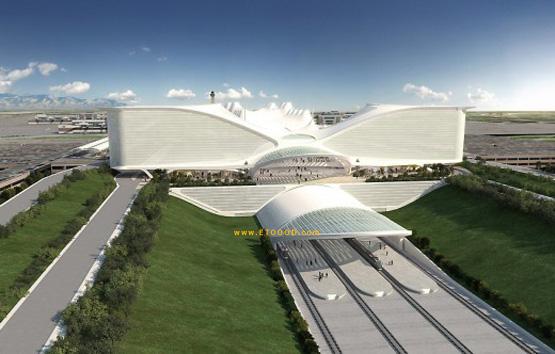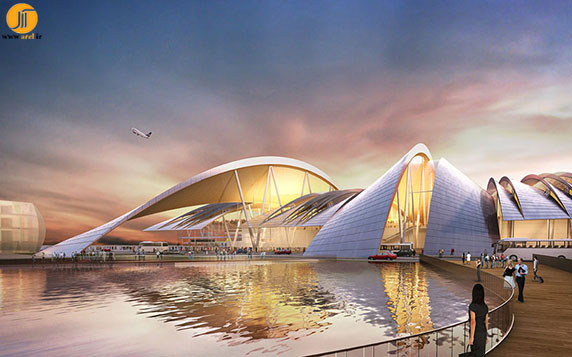
Adrian Smith + Gordon Gill’s design for the Astana World Expo 2017 will cover 173 hectares in the Esil district of the city. It consists of a central exhibition center surrounded by housing projects, education and health-care facilities, shopping centers, parks and boulevards. At the heart of the project is the Kazakhstan Pavilion, a symbol of the exhibition and a landmark for the city. Surrounding the spherical pavilion are the International, Theme and Corporate Pavilions, which will feature installations, pavilions and contributions from around the world. After the expo is complete the site will be converted for other uses without demolition, and it will become a legacy for the city of Astana and the entire country.
Centered around the theme of “Future Energy” the Astana World Expo site will generate all of its own power from wind and solar. Adrian Smith + Gordon Gill’s plan achieves this goal through thoughtful and practical design. While their proposal was definitely not the most radical proposal, the committee explained it was the “most practical in terms of both sustainable development and architectural and artistic design and its further use after EXPO-2017.” On-site wind turbines and rooftop photovoltaics will provide power for the entire complex. The buildings and the landscaping will be constructed using the principles of environmentally, economically and socially sustainable design. AS+GG has completed design and documentation for the project and they expect to break ground in the second quarter of 2014.





